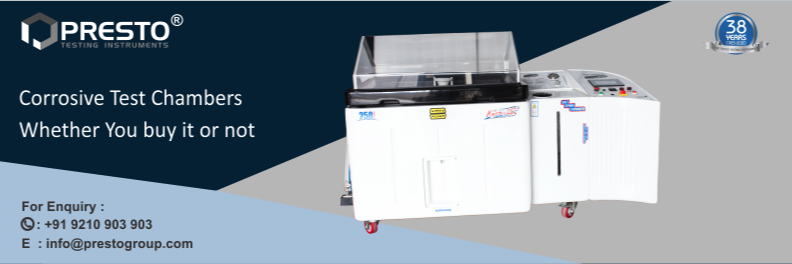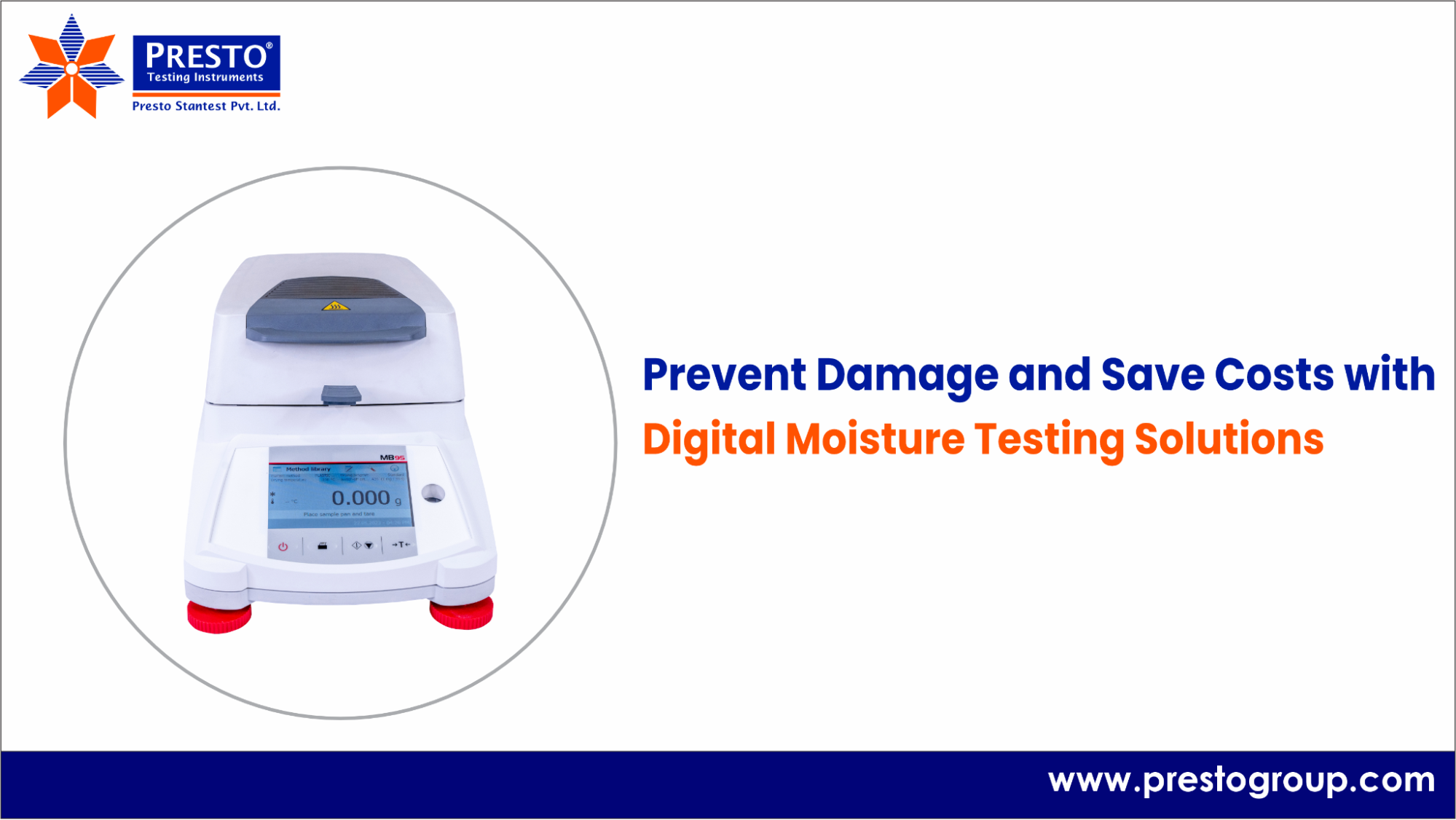

Every time you think about a metal, you have an associated image of rusted piece of metal. And, if you are a manufacturer making products using metal as a raw material, this associated picture of rusted metal should be an inspiration for you. This inspiration would compel you to work towards the betterment of your products. You must work towards a goal to make products that do not have pictures of rust with it. And, yes this is possible.
When I look at the faucet in the basin, I always wonder, how does it manage to survive despite having such a high TDS value. Well, the manufacturer has taken ample of precautions to make a sustainable faucet, at least for a couple of decades.
How Can I Test My Products for Corrosion?
You certainly need a corrosion test chamber or a salt spray chamber if you are serious about the testing of your product range. This testing is certainly not possible without any machine for two reasons;
1. It is difficult to simulate the conditions manually
2. The test is based on testing standards issued by ASTM
This chamber creates the accelerated weathering conditions as defined in the ASTM standards and is perfect for different industries like automotive, bath fittings, or any industry that deals with metal.
It’s chamber in which salt-laden fog is produced. The sample to be tested is kept in the chamber for certain hours. After that, with a visual inspection, the sample can be declared as pass or fail. Everything sounds so simple, and it actually is. The intricacy will be handled by the machine. The operator just has to set the duration of test run and place the sample.
The machine will take NaCl solution from the reservoir tank, the atomiser will create the fog using the NaCl solution and water. The atomiser is designed in such a way so that fog will reach uniformly to every corner of the chamber. The sample is supposed to be kept at 20° angles. For that matter, the chamber has slits at this angle to place the specimen.
There are some precautions associated with the test, read them below.
For more information, contact our experts.
Related Blogs

Vibration testing helps prevent failures in vehicles, appliances, and components by detecting defects early.

Protect your property and reduce costs with accurate digital moisture testing solutions.

Explore ASTM B117 and ISO 9227 Salt Spray Testing procedures to ensure precise corrosion resistance evaluation and surface coating performance.